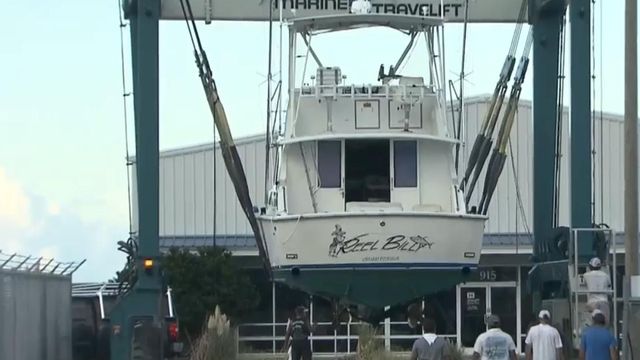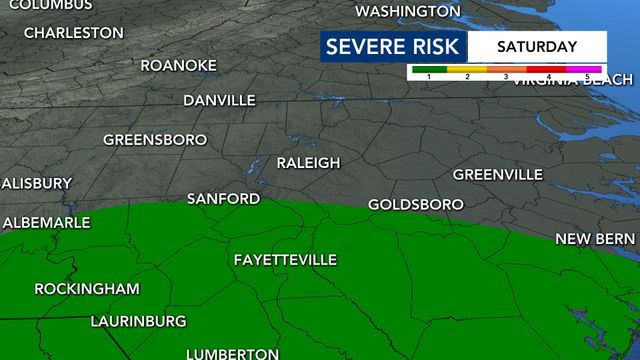Along coast, residents prepare to stay or leave before Florence hits
On the Carolina coast, Tuesday was full of preparation, protection, evacuation and contemplation.
NC Lumber and Supply posted on Facebook that the business would start giving away plywood at 10 a.m., but the line formed long before.
Just after 12 p.m., John and Elaine Andrews started the boarding ritual they’ve been through many times at South Beach Grill. Business was closed, and the Andrews were praying.
“If it goes, this is everything we have,” said Elaine Andrews. “The house and this business, and it’s all here.”
Just after 4 p.m. at the New Hanover County Building, public transportation buses loaded 31 residents and a cat, all bound for a Raleigh shelter.
“Our public transportation is working with us to get these people the shelter they need, and that will continue as long as there's capacity inland,” County Manager Chris Coudriet said.
In Morehead City, the Shelton family boarded up their home on the Bogue Sound. Because the house is on a hill, it’s been protected from rising water in past storms.
John Shelton, though, couldn’t tell how well his home would fare during Florence.
“It is so unpredictable,” he said.
Rick Leuttich, director of the University of North Carolina’s Institute of Marine Sciences in Morehead City, helped develop models that make storms more predictable.
Leuttich’s models consider the lay of the land and forces acting on water as a storm approaches, like tides, wind and river flows. The models are used by FEMA, the National Weather Service, the Army Corp. of Engineers and others.
Florence is expected to bear down hard on property along the beaches.
“Along the dune lines, we could easily see 10 feet of storm surge with waves on top of that,” Leuttich said. “You can expect substantial beach erosion, substantial dune erosion and, depending on how long the storm lingers, damage on top of that.
Water will also be forced more inland causing flooding in estuaries, the Neuse River and the Tar River.
“People, often times, can survive wind, but it is very hard to survive water,” he said.
Florence’s speed will also play a big role in how bad its aftermath is.
Crews in Wanchese, on Roanoke Island, scrambled to get boats out of the ocean.
“Potentially disastrous situation for these guys,” said Jim Polatty of Blue Water Yacht Service. “A lot of charter boats, a lot of private boats, also. Some of these boats are worth upwards of $5 million.”
Polatty’s team pulled more than 70 boats from the water in recent days with a Travellift. Polatty has weathered storms for 35 years here. Florence, he said, looks serious.
Barry Sweitzer, a fisherman, moved his boat from shallow waters of Manns Harbor.
“The tidal surge would come up so high it would come up over the pilings and of course smash into the pilings, and the outcome would be catastrophic,” he said.
“It's not worth the chance,” Sweitzer continued. “That's my livelihood. I have to have the boat to go fishing. Without it, I'd be out of business.
He and others who rely on the ocean to live can't wait for Florence to come and go, so they can get back to work.
The Blue Water crew plans to work a half day Wednesday pulling more boats to safety, then deal with their own storm preparations.











